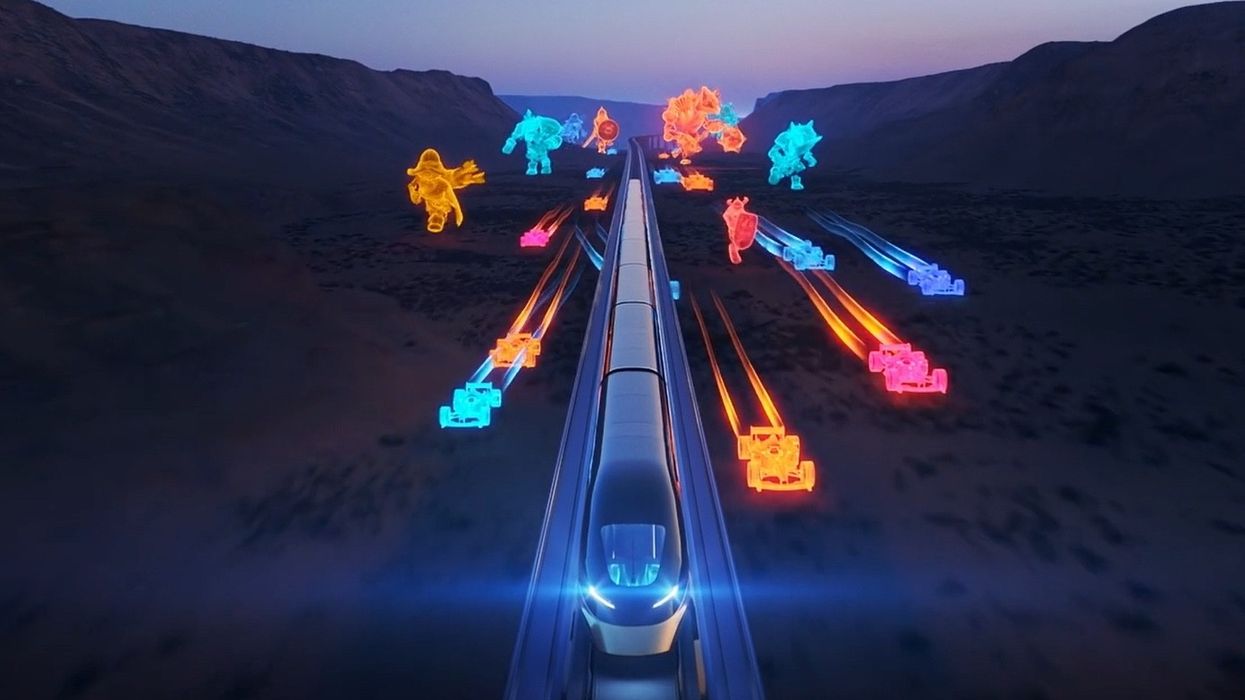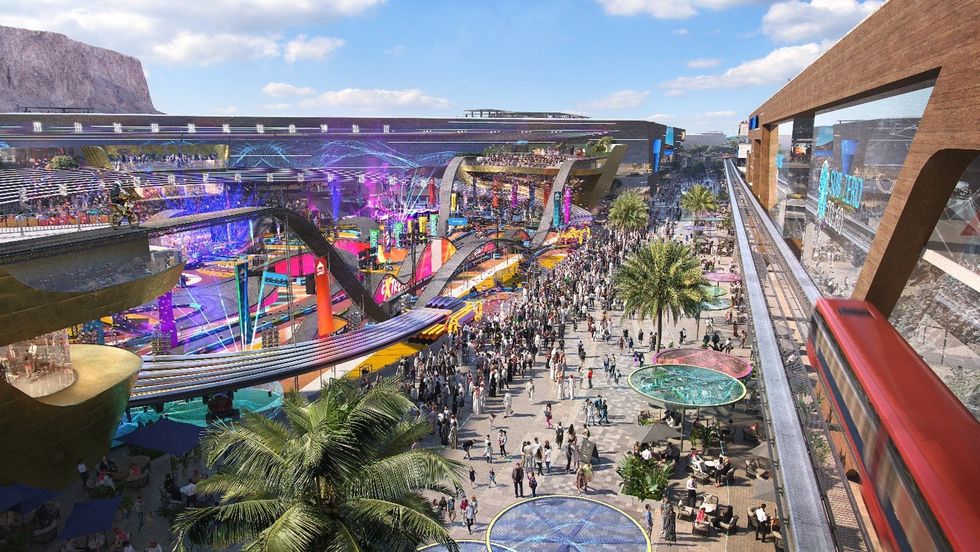Holovis, a leading experience designer, has shared its insights into why LED is a key technology for attractions.
"AV has for a long time been at the heart of many of our favourite theme park attractions – bringing to life action that simply wouldn’t be possible through sets and animatronics," says a spokesperson for the firm. "Historically, projection has been the most popular choice for media integration into parks, but at Holovis we believe now is the time to be looking at its competitor – Direct-View LED."
Ideal addition to a design toolkit
LED is ideal for use in theme park attractions as it offers a range of benefits, which include:
- Increased brightness. LED technology can achieve significantly higher brightness levels than previously possible, both in terms of diode power and in terms of brightness and contrast ratio optimisation. This means it is easy to replicate the feeling of being outside while in an indoor attraction, keep the environmental light level high, and even position one outside while still providing a great viewing experience.
- Flexibility. LED can be customised in a wide variety of ways, such as shape and pixel pitch, to suit a broad variety of spaces and viewing distances. It is possible to keep the same viewing quality on a large, showpiece screen as you can on a small wait line screen, while domes, globes, floors, and ceilings can be created without being concerned about projector placement. In addition, acoustically transparent tiles enable speakers to be placed behind the screen, keeping them hidden from the audience.
- Reduced general maintenance. For engineers and technicians, LEDs also require less general maintenance than projectors. When several projectors are combined to generate one large image, technicians must maintain the large canvas. Some of the aspects they must consider are projector alignment, uniform brightness levels, uniform black levels, and focus. Although LEDs require some maintenance, theycan significantly decrease the amount of downtime for anattraction asindividual LED tiles can be replacedas needed.

When designing immersive experiences, Holovis suggests that projection remains an important component in addition to LED - and recommends that a blend of technologies will typically continue to be the right choice.
Projection technology often has a reduced facility impact, and a large projected screen surface will be lighter, require less PE engineering work, and have lower power requirements. For high-end applications, projection still boasts exceptional and superior colour reproduction, providing hues that LED technology cannot yet equal. In addition, projection is possible on any surface so projection mapping can be used to achieve effects that LED cannot replicate.
LED, meanwhile, is an ideal choice for large screens at a comfortable viewing distance, particularly those with shapes like domes, cylinders and single radial curves.

In the past, price has been the biggest differentiating factor with LED costing significantly more than projection. However, this price gap is beginning to close - particularly in large-scale, hemispheric LED wall design and installations, similar to that in a Flying Theatre attraction.
David Wolber, engineer for Holovis, comments: “at Holovis we can provide a LED screen for your large media attraction, such as a Flying Theatre, at a price point that is now very competitive with projection. We’re continuously working to close that gap even further, and are very excited for the future of the technology in attractions."
Holovis recently celebrated the success of its 360Golf solution, with the biggest installation to date set to open in the GCC later this year.





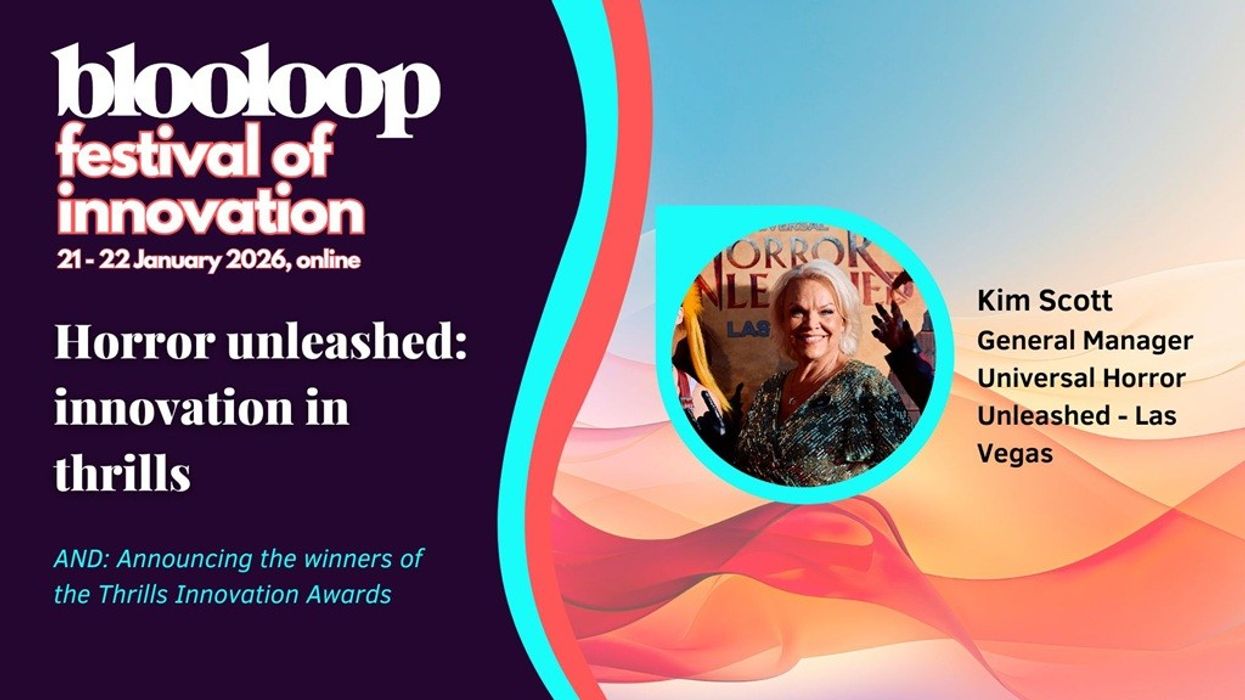
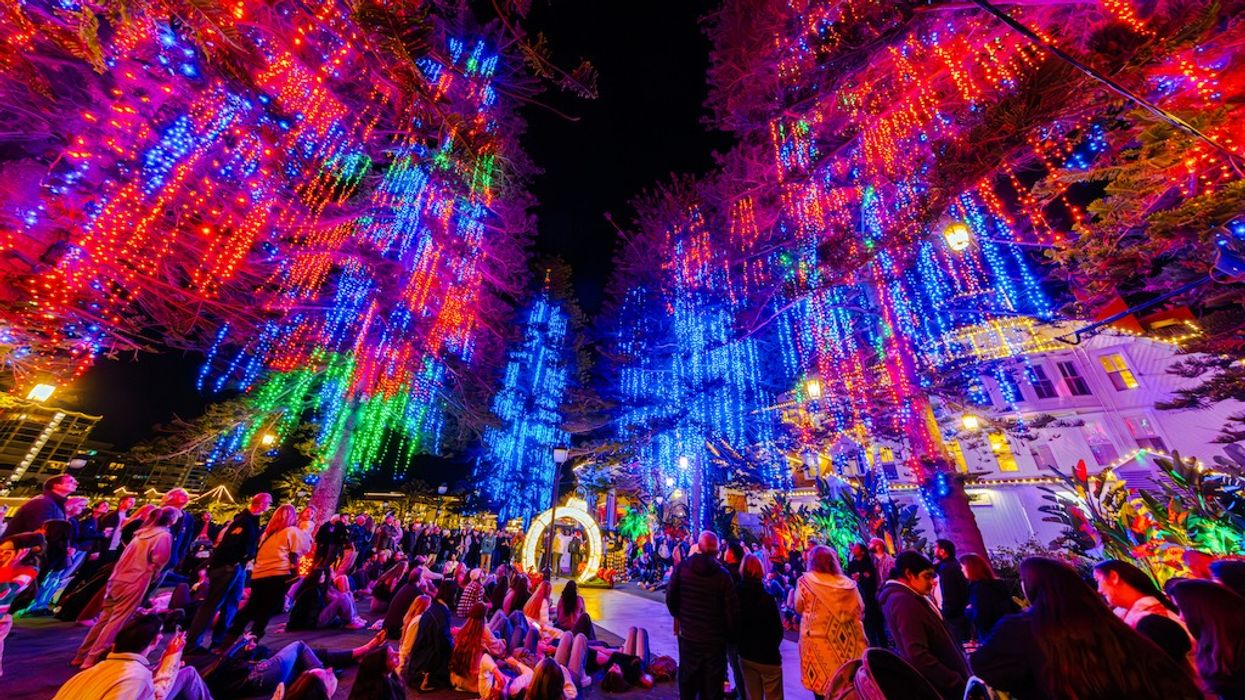
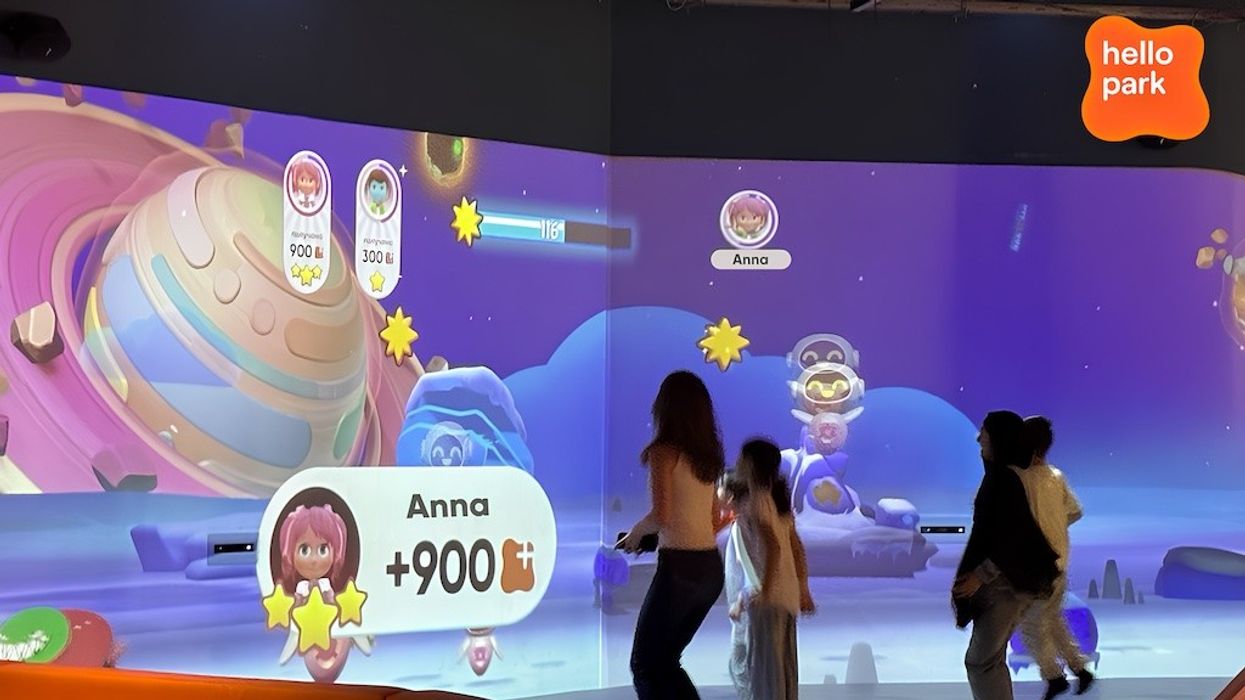








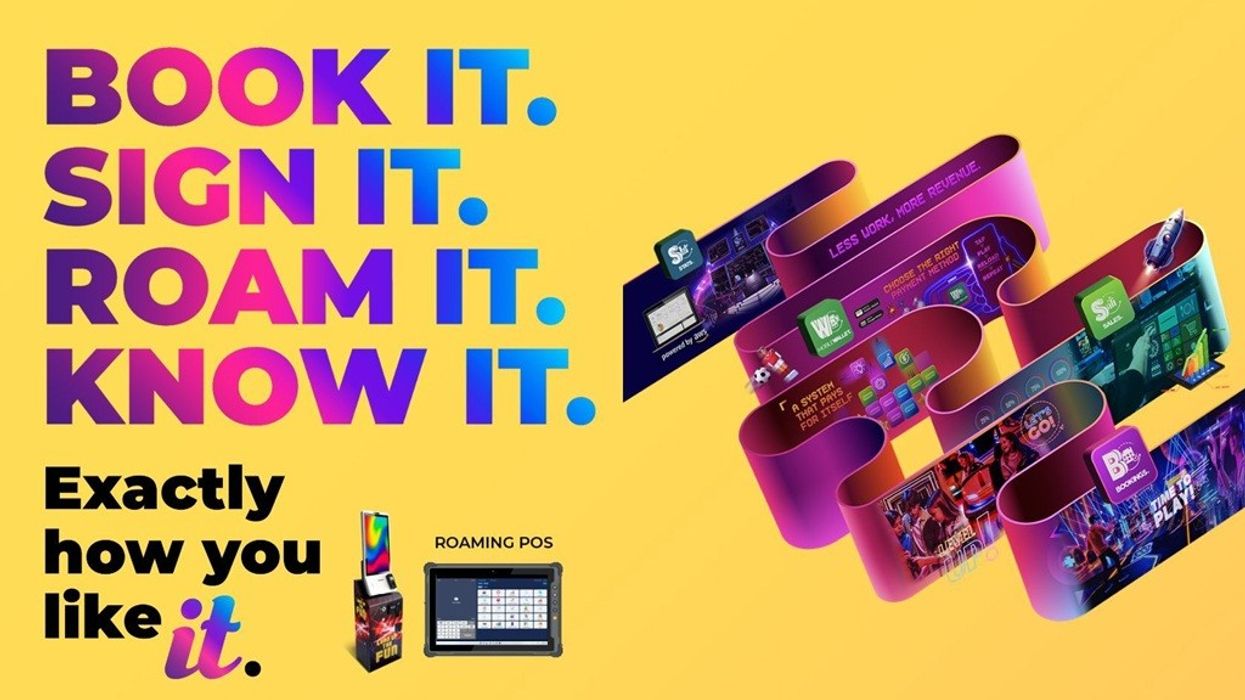

 Jade Craig
Jade Craig